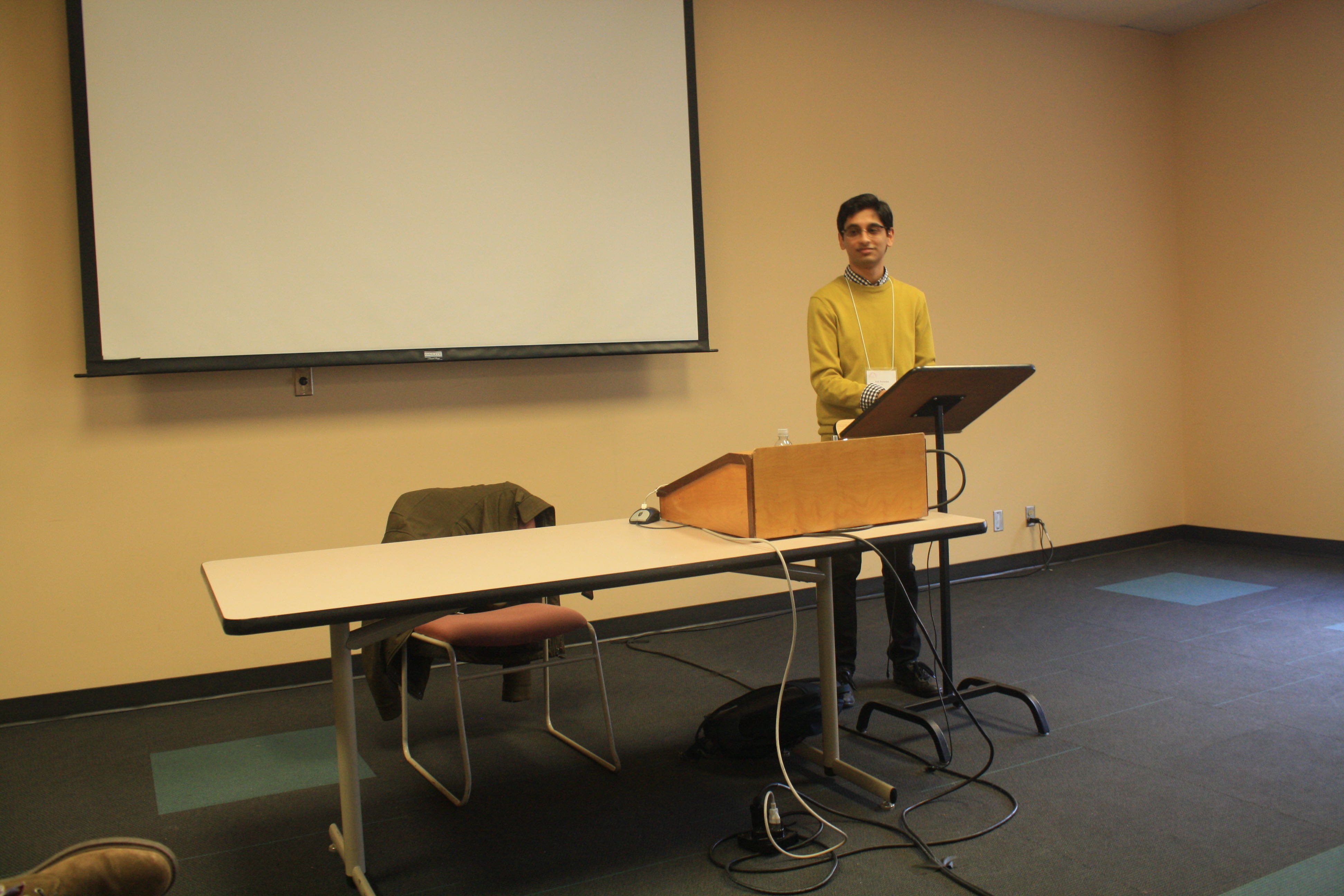Speaker: Rafael Abramovitz (MIT)
Title: A Case for Morpheme Structure Constraints from Koryak Labials
Date/Time: Monday, May 1, 5:00–6:30pm
Location: 32-D461
Abstract:
One of the central departures of Optimality Theory and its descendants from earlier models of generative phonology is the principle of the Richness of the Base (ROTB), which holds that the set of inputs to the grammar lacks language-specific properties (Prince and Smolensky 2004). Since the set of ranked constraints is the only locus of crosslinguistic variation in these models, morpheme structure constraints (MSC) (Stanley 1967, Chomsky and Halle 1968 et. seq.) are inadmissible. In this talk, I present an argument against this view based on the distribution of labials in Koryak (Chukotko-Kamchatkan). In this language, v and w contrast prevocalically (1-2), but are neutralized to w elsewhere (3).For morphemes like the root in (3), we can set up the root-final segment in the UR as v, but morphemes with an underlying final w, giving rise to a putative pattern *waɲaw ~ waɲaw-at-ə-k, do not exist. While these facts are straightforwardly captured by an MSC banning w morpheme-finally, as well as by equivalent machinery like morpheme-level filtering, analyses assuming ROTB without intermediate filtering are unable account for them.
- wutku ‘here’ vs. vutq-ə-vut ‘darkness’
- e-wejulʔ-et-ke ‘not scared’ vs. ɣənt-ev-e ‘you ran’
- waɲav-at-ə-k ‘to speak’, but waɲaw ‘word’, a-waɲaw-ka ‘without words’
